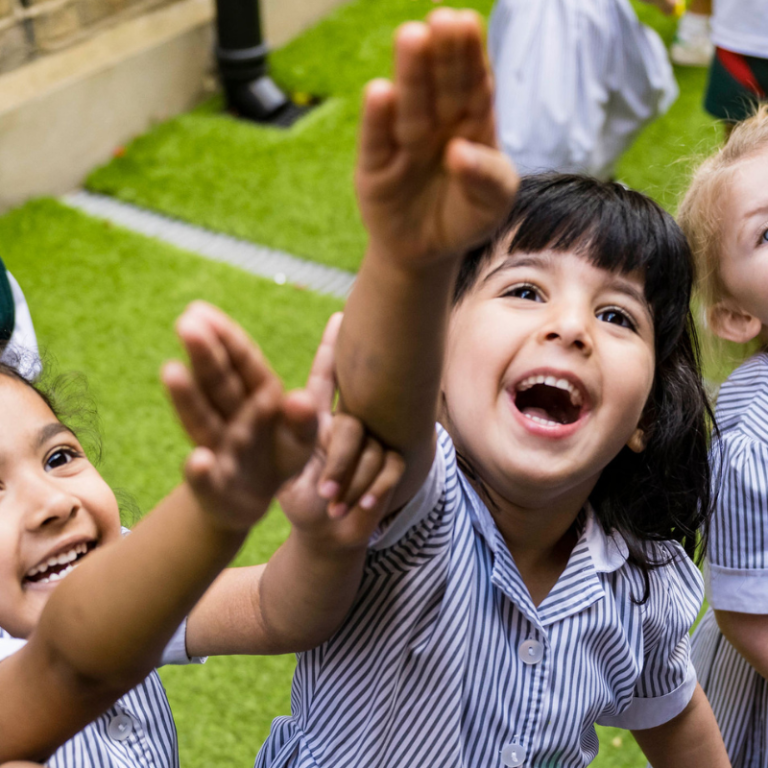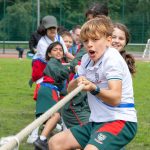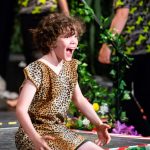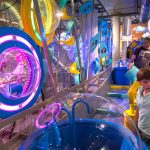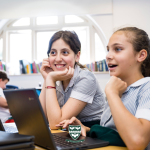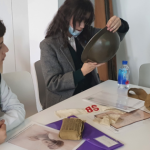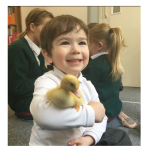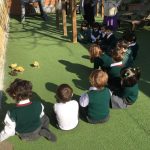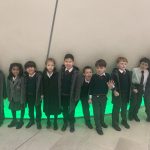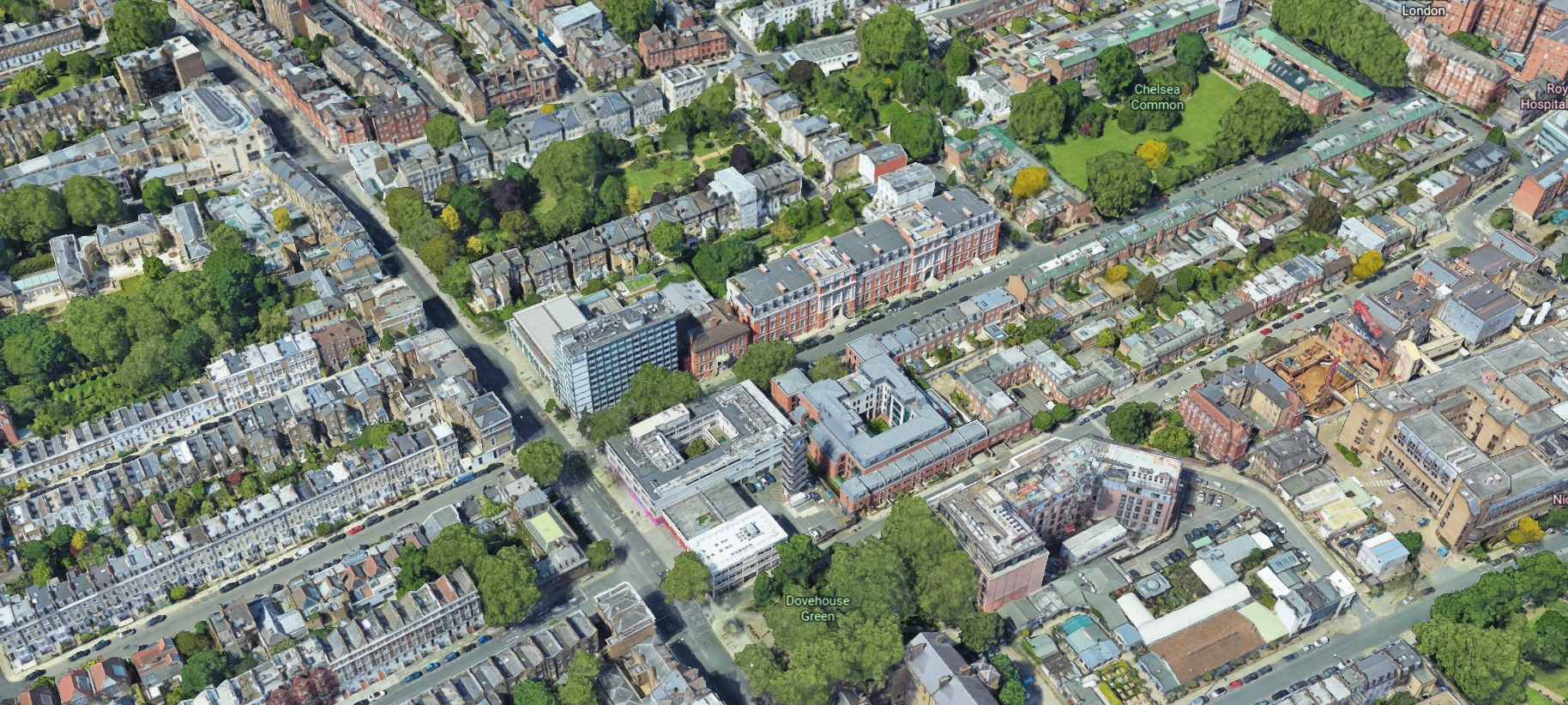News & Events
The Hampshire School Chelsea Rated Excellent in ISI Inspection 2022
The Hampshire School Chelsea is delighted to announce that it has achieved ‘Excellent’, the highest judgement in its latest inspection by the Independent Schools Inspectorate (ISI). The report confirms that all standards…
The Hampshire School Chelsea appoints new headteacher
The Hampshire School Chelsea, a Bellevue school based in South West London, has appointed its new headteacher Richard Lock, who joins the school in September 2022. Richard is currently on…
A Celebration of Accomplishment
There are so many wonderful highlights in being a Head of a school. Of unparalleled joy is seeing the children excel and seize opportunities to showcase their talents whether on…
WW1 Workshop
Pupils broadened their understanding of the First World War at a superb workshop run by staff at the museum. The pupils were lucky enough to be able to engage in…
An Egg-citing Arrival!
The Pre-School were delighted to receive duckling eggs. The children experienced the hatching process and enjoyed caring for the ducklings as they grew. The children in Pre-School voted for their…
Nursery Round-up
The nursery children have experienced a wealth of enrichment activities this half-term. They have had fun learning about the different types of transport and concluded with an enjoyable trip on…
National History Museum Trip
On Friday 4 March, Year Two visited the National History Museum. Pupils have been learning about mapping in Geography and the location and names of the oceans. An oceans workshop…
In the Centre of Chelsea
15 Manresa Road, Chelsea, London, SW3 6NB


